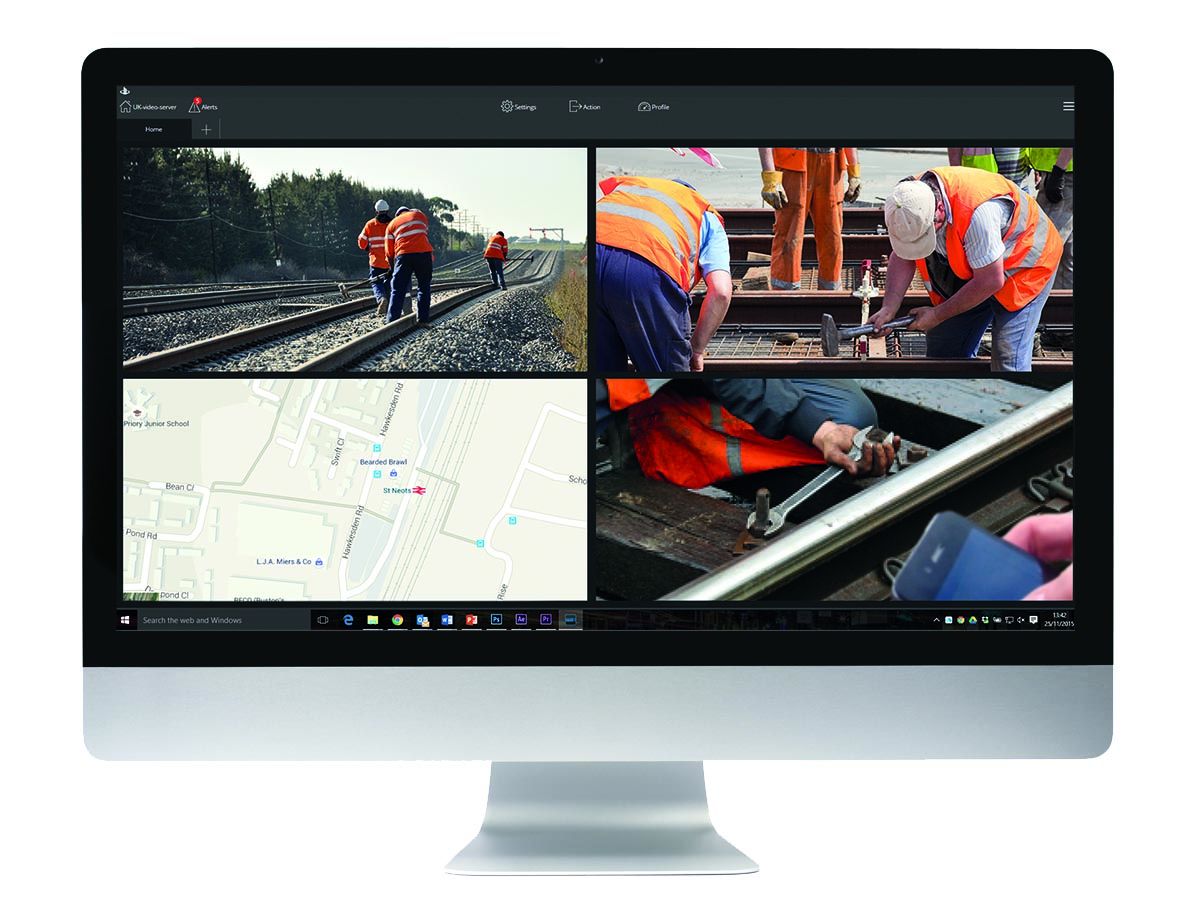
It has long been known that connectivity is the key to improving traffic management and many cost-benefit studies prove that investment in new technology can be justified in terms of reduced congestion, shorter travel times, improved safety and air quality. However, many authorities’ cap-ex budgets only cover urgent matters, not improvements, making it difficult, if not impossible to upgrade outdated and sub-optimal traffic control systems. Now, Canadian company
Company CEO and co-founder Kurtis McBride describes the signals at many intersections as ‘glorified egg timers’, cycling through a pre-set sequence determined by the installation engineer on the day the lights were commissioned or following occasional manual surveys. Intersections of major and minor roads may use vehicle sensing to trigger the phasing but do so without reference to what’s happening at other nearby intersections, leading to a situation where traffic is queueing in one direction to repeatedly allow individual cars to cross in the other.
Spectrum plugs into the stand-alone traffic-light controllers and transmits information to the control room via G3/G4, Wi-Fi, GPS or dedicated short-range communications (DSRC) without the need of a physical network connection. Being cloud-based allows the signals to be remotely monitored in real-time while also providing access to data including traffic and turn counts, pre-emption events, weather conditions and even video streaming - in fact any information the controller has or generates. The system can also be used to log signal operation and send alerts in the event of a failure.
According to McBride, the hardware can be integrated with NEMA and TEES (2070) controllers in the roadside cabinet and the company is looking to cater for standards outside the US, particularly in Europe. in Europe. Installing the unit takes about 20 minutes and includes drilling the cabinet to fit an antenna, and all the data is encrypted before transmission.
Higher specification versions have a travel time program built into the device (Bluetooth and Wi-Fi) and they can also provide signal performance measures, arrivals on red, split failures and produce coordination diagrams. The two-way connectivity can then enable tweaks to the programs or even adaptive control to optimise traffic flow.
While large agencies’ staff can make these alterations, small towns often don’t have such facilities and contract out ongoing changes to a third party. “They don’t have the people to do this so they just want a black box,” says McBride.
Another aspect of the control room is data logging, which Miovision can provide via cloud storage, again removing the need to build a dedicated control centre.
According to McBride, one of Spectrum’s biggest benefits is that it can act as a bridgehead into closed proprietary systems and enables authorities to implement systems and hardware from other suppliers. “Once you have that hardware there, you can deploy all sorts of different systems onto it.”
In addition to the extra functionality, removing the need for hard-wiring provides significant cost savings and makes instrumentation of out-of-centre traffic signals a viable proposition. Where this happens, data and information to and from the newly-connected signals can be fed into the installed monitoring and control system to form a seamless extension to the existing coverage.











